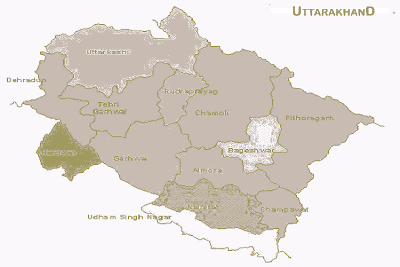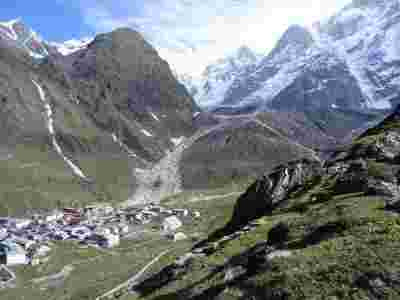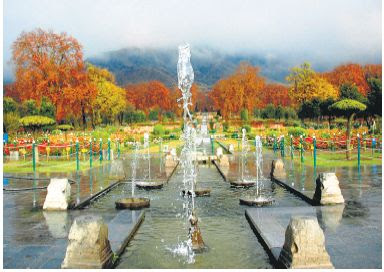
Uttranchal has 13 districts Almora, Bageshwar, Chamoli, Champawat, Dehradun, Haridwar,
Nainital, Pauri, Pithoragarh, Rudraprayag, Tehri, Udham Singh Nagar, Uttarkashi here
Garhwali, Kumaoni and Hindi are spoken As like Jammu & Kashmir it also a place full of natural beauty like now-clad mountains, green hills, fertile valleys, flowing rivers and thriving lakes,

Uttarakhand has highly venerated pilgrimage places that’s why this land of natural beauty is also known as home of God.Here are many travel places witch are the very attractive and religious importance like Kedarnath, Badrinath, Hemkund Sahib, Gangotri, Yamunotri, Jageshwar, Bageshwar, Rishikesh and Haridwar. The popular hill stations of Uttarakhand are Almora, Bhimtal, Munsiyari, Mussorie, Nainital, Pithoragarh, Ranikhet, Chopta, Valley of Flowers, Joshimath and Lansdowne.
Uttarakhand is also very famous and visited for unlimited serenity and tranquility in pleasant pollution free environs, hill station on Uttarakhand Travel are ideal for vacations and several adventure sports activities like trekking, ice-skiing, white water rafting, sailing, boating, kayaking, canoeing, yachting, water-skiing and parasailing because of its geographical attributes.














































